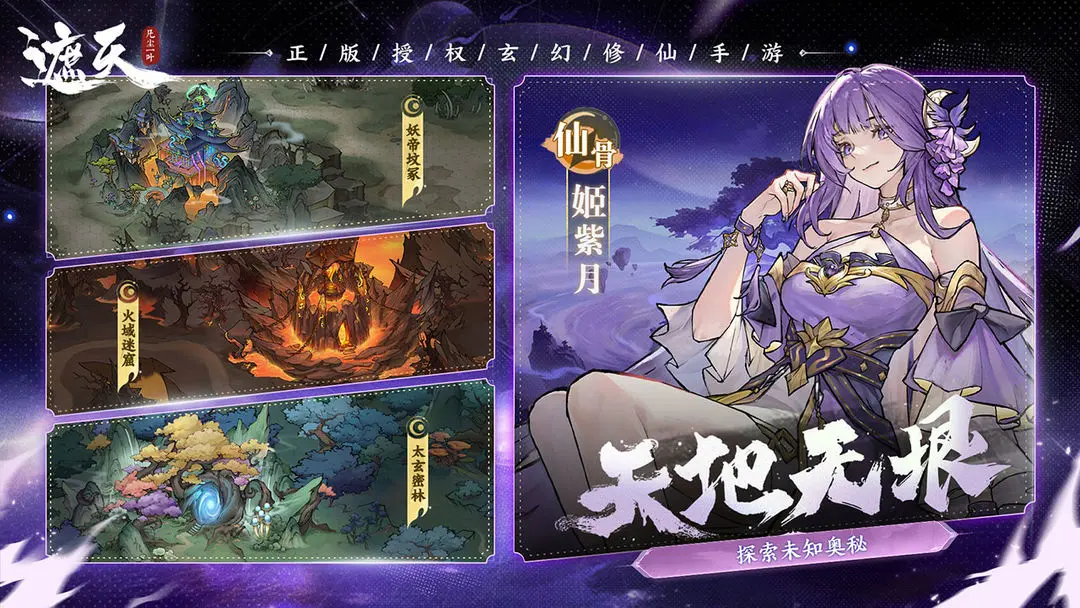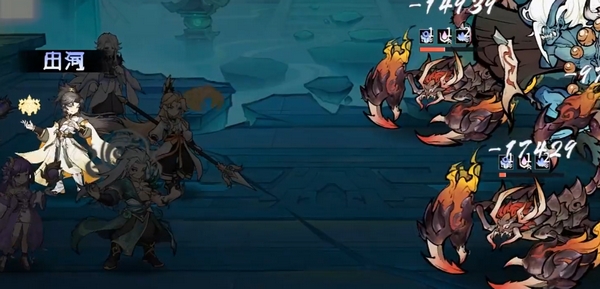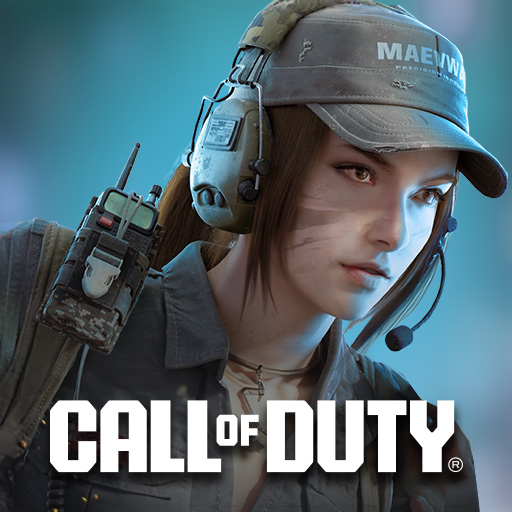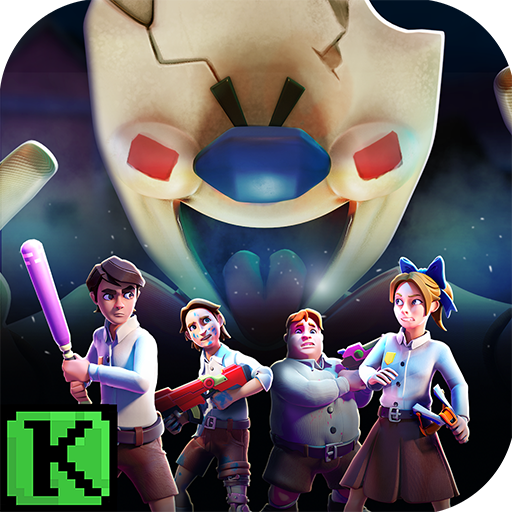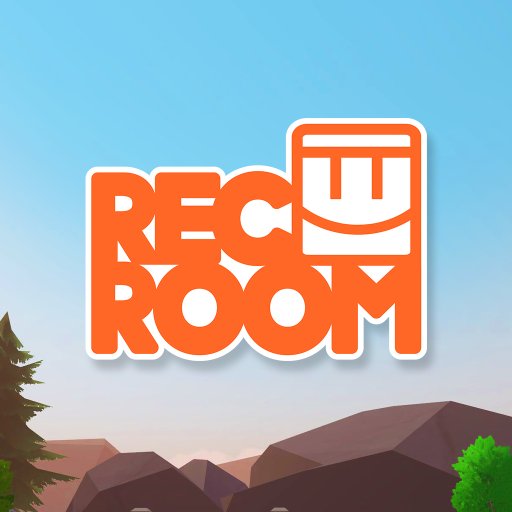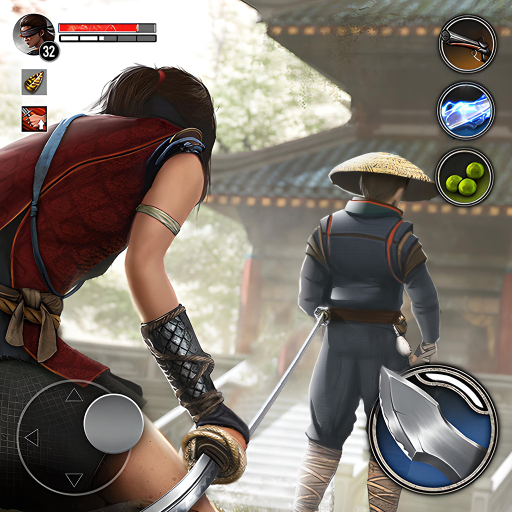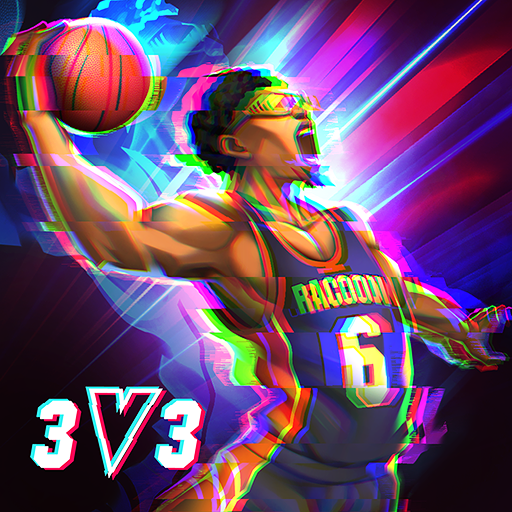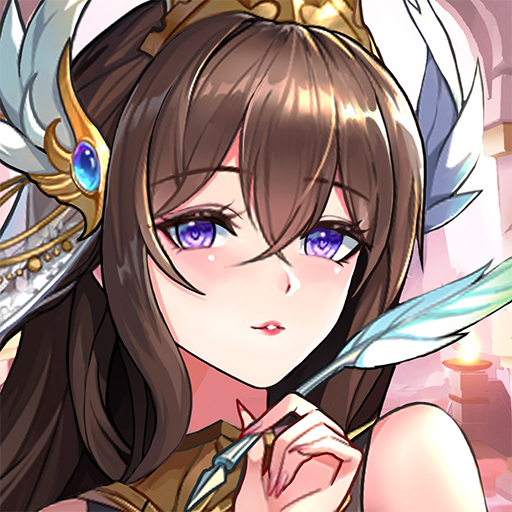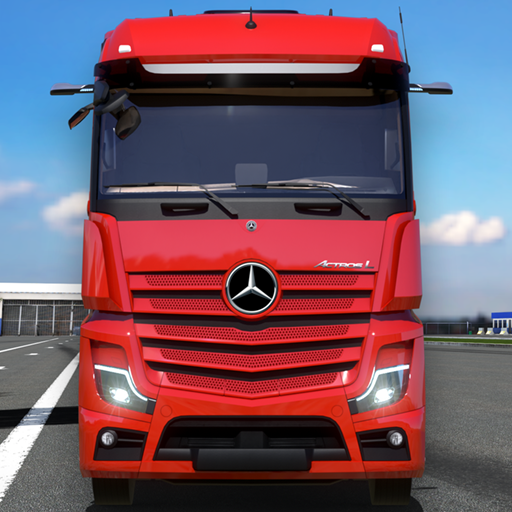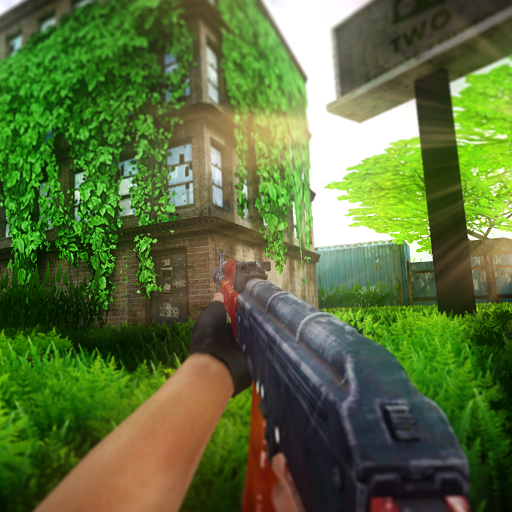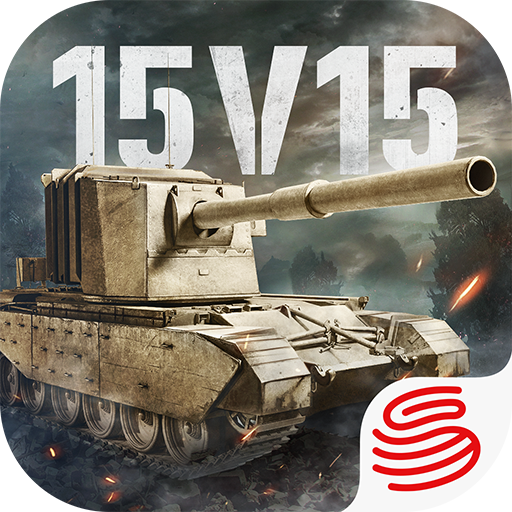Blade & Soul 2 mobile versions for the Korean and Chinese servers are often jokingly referred to as two different games. Today, I will take you through the differences in the Blade & Soul 2 mobile version on the Korean server. When the Korean version was launched in 2021, it was heavily criticized as a "reskinned Heaven," with features like auto-battle and the pay-to-win trio directly discouraging veteran players. After Tencent took over the Chinese server, they almost remade the game from scratch - removing auto-battle, revising the payment design, adding free trading, and even adjusting the feel of skill combos, making them more tactile. Let's dive into the details below!
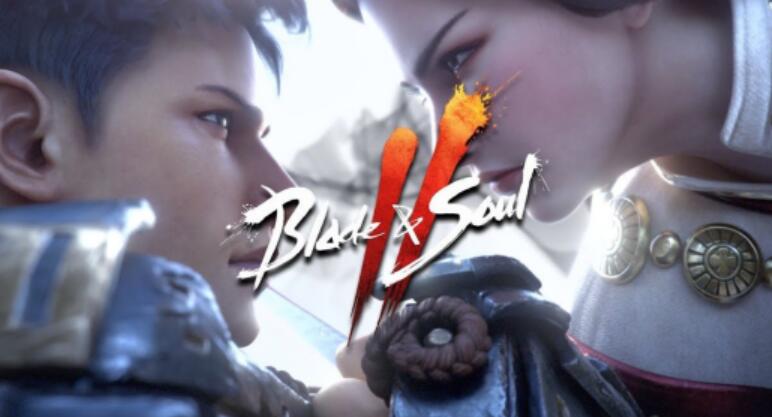
The latest download address for "Blade & Soul 2"
》》》》》#Blade & Soul 2#《《《《《
The Korean version's combat system is purely subpar, with auto-pathfinding and idle grinding, rendering the most enjoyable combo operations of Blade & Soul ineffective. The Chinese version, however, completely revamped this, integrating the PC version's combo and block/dodge mechanics into the mobile version, allowing melee characters to attack while moving and cancel post-attack animations, which still gives a bit of a tactile feel. However, the PC optimization, with mouse-controlled camera angles and touch logic-based skill bars, makes the experience slightly less satisfying.
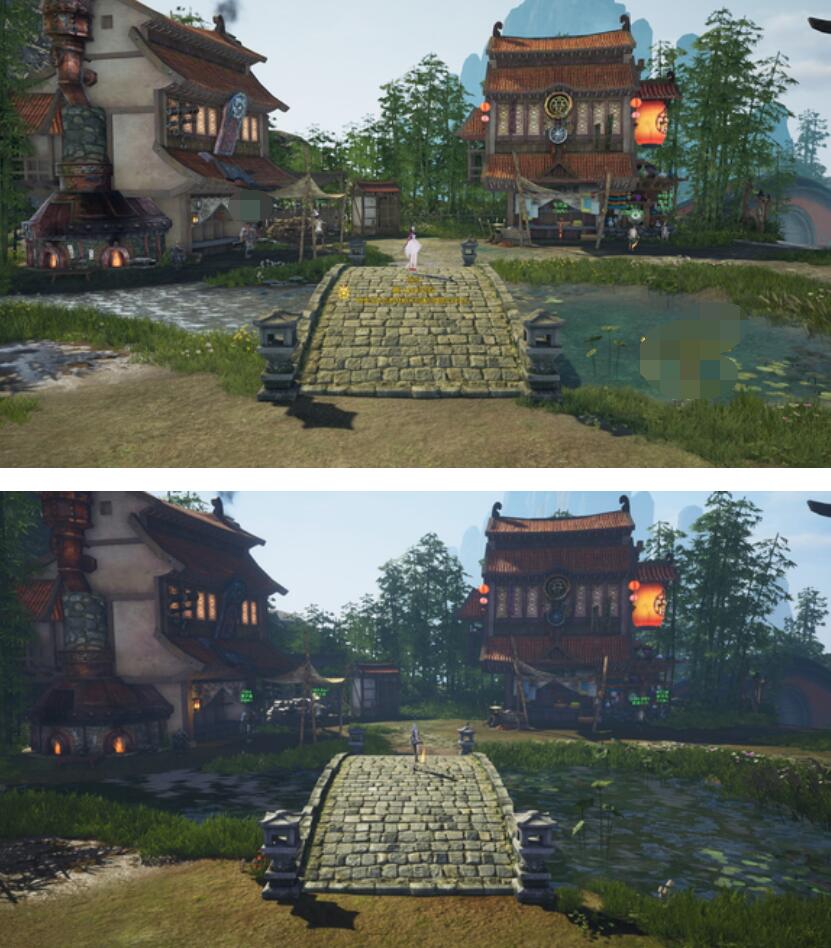
The Korean version has a wild monetization model, with gacha, blessings, and transformations forcing players to grind or pay. The spirit stone system made it very difficult for non-paying players to progress. In contrast, the Chinese version removed the spirit stones, ensured that equipment does not break upon enhancement, and allowed accessories to be used immediately. They also introduced a cross-server auction house similar to the DNF mobile, where players can resell equipment for profit. Pass missions require daily tasks, but casual players can also play at their own pace without much pressure.
The original Korean version characters follow Kim Hyung-tae's "oily" style, featuring long legs and mixed-race faces. However, the Chinese version adjusted the character face shapes (reducing the mixed-race look) and added Eastern elements to the costumes (such as ancient robes), maintaining the IP's characteristics within a compliant framework, resulting in a slight improvement in aesthetics.
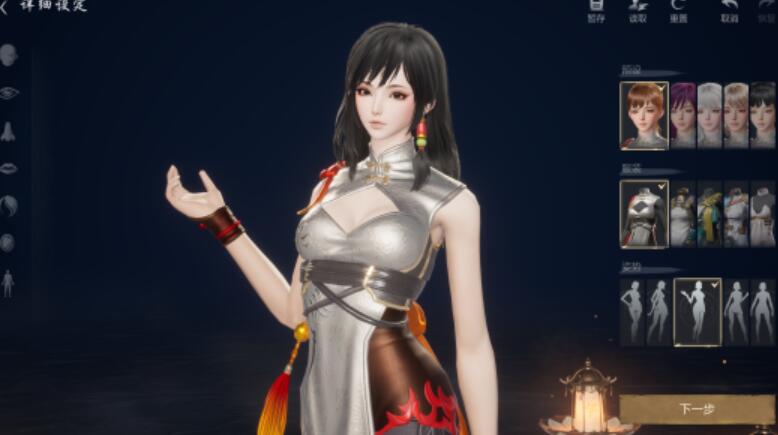
The localization of the story is quite extensive, with the main storyline incorporating classic characters like Cannon Lam in side quests, and even allowing players to transform into NPCs to play independent storylines. Additionally, the Chinese version breaks the single-server limitation, allowing players to freely trade rare items (such as high-level accessories and fashion) on the cross-server auction house, with prices regulated by the system for stability. In contrast, the Korean version suffered an economic collapse due to an oversupply of gold. The Chinese version, through daily task limitations and crackdowns on studios, maintains a healthy resource circulation.
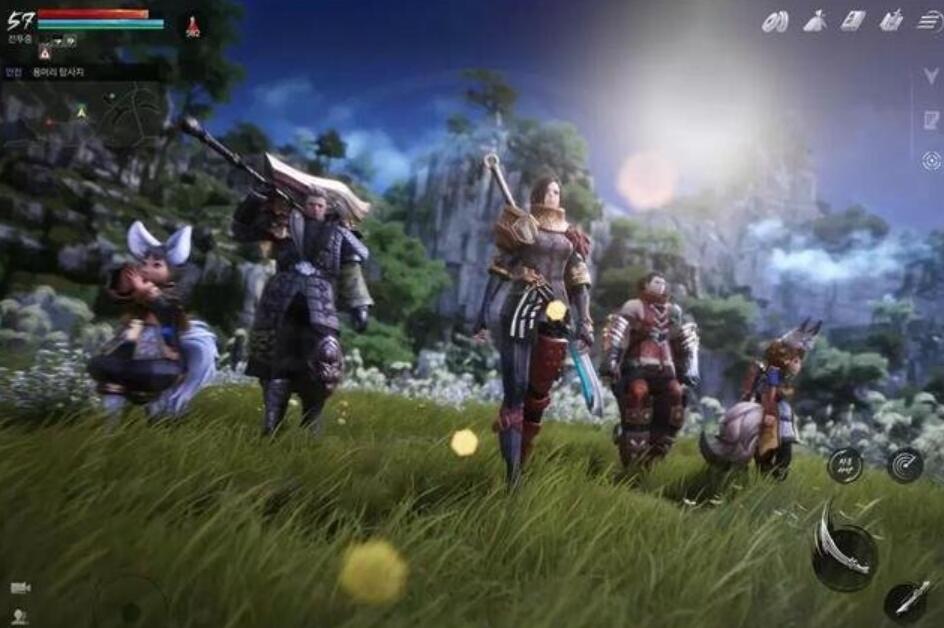
Although the Chinese version of Blade & Soul 2 inherited the mess from the Korean version, its localized modifications demonstrate the operator's sincerity - reducing pay-to-win elements, introducing free trading, and optimizing controls, all of which precisely address the pain points of Chinese players. Despite issues such as insufficient PC optimization and class balance, the economic system and nostalgic content still provide old players with a chance to relive the classics. If further improvements are made to combat feel and social ecology, the Chinese version might become the starting point for a renewed IP.
